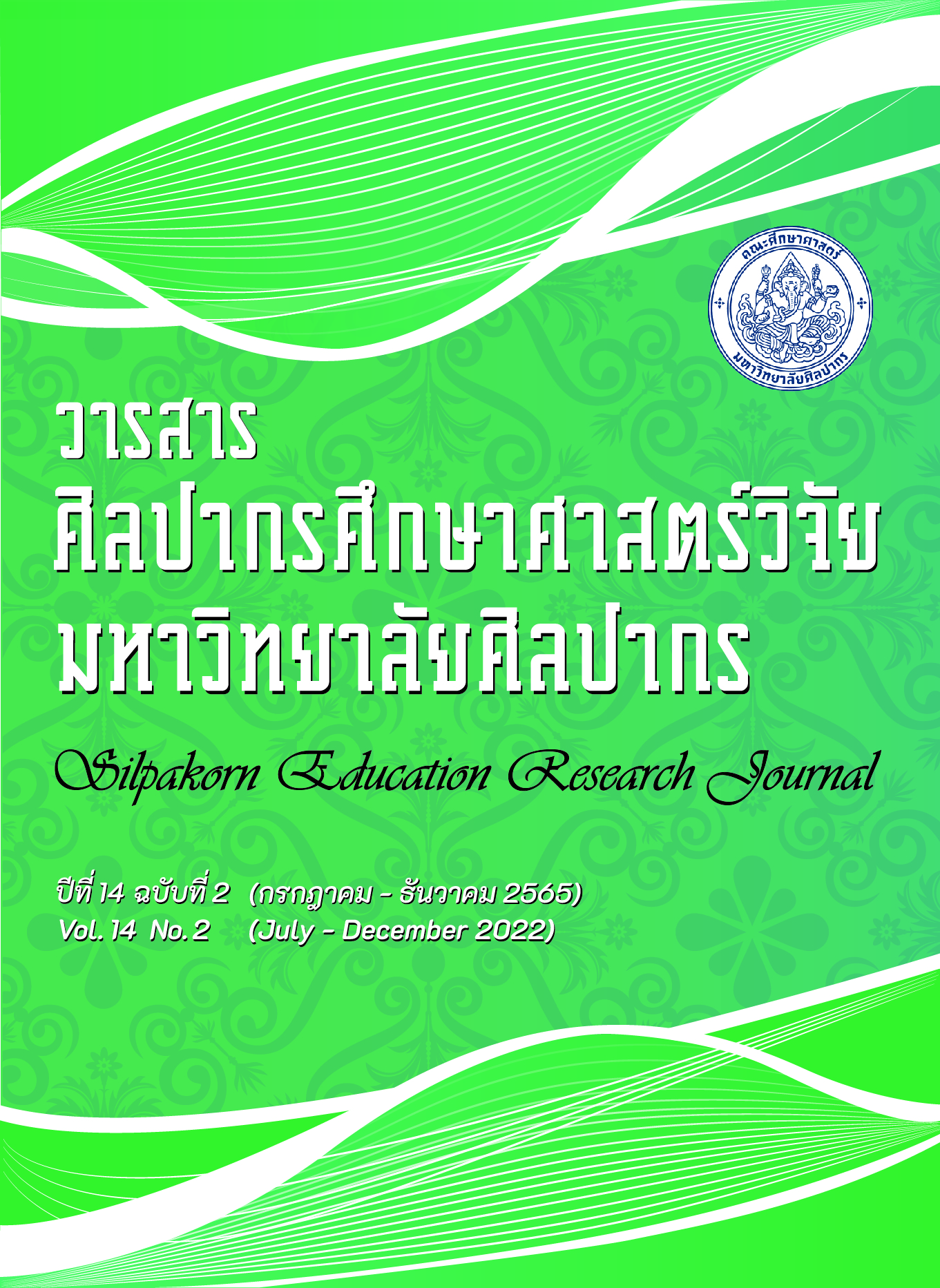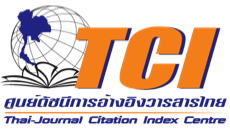การประเมินเชิงโน้มน้าวสนับสนุนและการเปลี่ยนแปลงนโยบาย
คำสำคัญ:
การประเมินเชิงโน้มน้าวสนับสนุน, การเปลี่ยนแปลงนโยบาย, บทบาทของนักประเมิน, เทคโนโลยีเพื่อโน้มน้าวสนับสนุน, ผลกระทบการโน้มน้าวสนับสนุนบทคัดย่อ
บทความนี้มีวัตถุประสงค์เพื่อนำเสนอเกี่ยวกับแนวคิดใหม่ของการประเมินที่ได้รับการกล่าวถึงใน แวดวงวิชาชีพนักประเมินหรือการประเมินนำมาใช้ทำการประเมินในช่วงระยะเวลาปัจจุบันและในอนาคต ซึ่งการประเมินนี้รู้จักกันในชื่อว่าการประเมินเชิงโน้มน้าวสนับสนุนนโยบาย หรือการประเมินเชิงโน้มน้าวสนับสนุนการเปลี่ยนแปลงนโยบาย ซึ่งผลการประเมินจะนำไปสู่การปรับเปลี่ยนนโยบายของหน่วยงานองค์กรต่าง ๆ โดยเฉพาะกับหน่วยงานองค์กรภาครัฐ ผู้เขียนนำเสนอสาระของการประเมินเชิงโน้มน้าวสนับสนุนนโยบายครอบคลุมหัวข้อตั้งแต่ ประวัติความเป็นมาหรือพัฒนาการของความคิดทางการประเมิน ความหมาย ลักษณะธรรมชาติของการประเมิน วิธีดำเนินการประเมิน บทบาทของนักประเมิน เทคโนโลยีกับการประเมินเชิงโน้มน้าวสนับสนุน และแนวโน้มในอนาคตของการประเมิน
เอกสารอ้างอิง
Buosonte, R. (2007). Direction and Area of Evaluation. 2nd ed. Bangkok. Chulalongkorn
University Press. (in Thai)
Chapman, J., and Wameyo, A. (2001). Monitoring and Evaluating Advocacy: A Scoping Study.
Prepared for ActionAid, with Funding from the UK Department of International
Development (DFID) and Comic Relief.
Coffman, J. (2007a). Undated PowerPoint Presentation of Advocacy Field Building. Author’s
Personal Archive. Copy in Possession of Author.
_______. (2009). Overview of Current Advocacy Evaluation Practice. Center for Evaluation
Innovation.
Fox, K., and Post, M. (2021). “Evaluating power building: Concepts and Considerations for
Advocacy Evaluators” in New Directions for Evaluation. Number 171 Fall 2021, 59-70.
Guthrie, K., Louie, J., David, T., and Foster, C. (2005). The Challenge of Assessing Policy and
Advocacy Activities: Strategies for a Prospective Evaluation Approach. Blueprint
Research and Design.
Gardner, A. L., and Brindis, C. D. (2017). Advocacy and Policy Change Evaluation: Theory and
Practice. Stanford University Press.
Kane, R., Levine, C., Orians, C., and Reinelt, C. (2021). “Contribution Analysis: A Promising
Method for Assessing Advocacy’s Impact” in New Directions for Evaluation. Number
Fall 2021, 45-57.
Lynn, J., and Mehta, T. (2021). “As Technology Disrupts Equity, Advocates Take Action:
Where do Evaluators fit in?” in New Directions for Evaluation. Number 171 Fall 2021,
-131.
Lemire, S.T., et al. (2012). “Making Contribution Analysis work: A Practical Framework for Handling Factors and Alternative Explanations”. Evaluation 18(3): 294-309.
Mayue, J. (2001) “Address-ing Attribution Analysis: Using Performance Measures Sensibly”. Canadian Journal of Program Evaluation 16(1): 1-24
Obar, J., Zube, P., and Lampe, C. (2011). “Advocacy 2.0: An Analysis of How Advocacy Groups in
the United States Perceive and use Social Media as Tools for Facilitating Civic
Engagement and Collective Action”. Journal of Information Policy 2: 1–25.
https://en.wikipedia.org/wiki/Advocacy_evaluation.pdf.
Patton, M. Q. (2008). “Advocacy Impact Evaluation”. Journal of MultiDisciplinary Evaluation
(9): 1–10.
Raynor, J., Coffman, J., Stachowiak, S., and Raynor, J. (2021). An Introduction to Policy
Advocacy Evaluation in New Directions for Evaluation. Number 171 Fall 2021, 11-18.
Sonia, S. T., Saltzman, A., and Spilker. S. (2021). “The art and Science of Developmental and
Advocacy Evaluation” in New Directions for Evaluation. Number 171 Fall 2021, 19-29.
Tsui, J., Hearn, S., and Young, J. (2014). Monitoring and Evaluation of Policy Influence and
Advocacy. Overseas Development Institute. Working Paper 395.
Taylor, E., Schiro-Biidabinikwe., and Cram, A. (2021). “Who Puts the Value in Evaluation? The Need for Self-reflection and Transparency in Advocacy and Policy Change
Evaluation” in New Directions for Evaluation. Number 171 Fall 2021, 83-94.
Wimbush, E., and et al. (2012). “Application of Contribution Analysis to Outcome Planning and Impact Evaluation”. Evaluation 18(3): 310-329.





